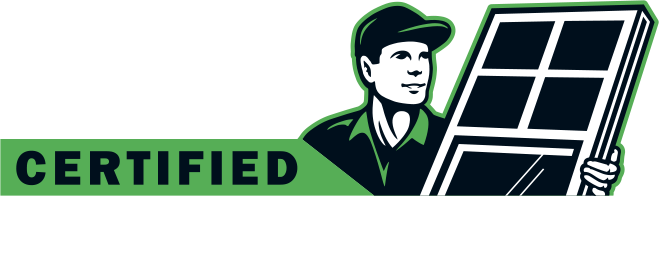In-swing casement windows are not as common as the out-swing variety, but it is an option that must not be overlooked when choosing replacement windows. In today’s post, Renewal by Andersen of Kansas City compares these two types of casement windows.
Out-Swing Casement Windows
Out-swing casement windows are considered as the standard type. They feature a single sash that sits flush on the frame when closed. Traditional casement window design involves the use of door hinges, but today, these hinges are replaced with an operator arm that offsets the sashes when open, facilitating easy cleaning. A hand crank set at the bottom of the frame serves as the primary method of opening. The homeowner can choose out-swing casement windows that open left or right, depending on factors such as their dominant hand and where the window is placed in relation to the center of the house.
In-Swing Casement Windows
In-swing casement windows open inwards, much like a standard entry door. They provide the same features as their out-swing counterparts, except that they are more likely to have traditional frame-set hinges, as hand cranks can be awkward to use. It’s important to note that not all replacement window manufacturers offer this style, unless they offer bespoke windows.
Which One Should You Choose?
There are situations where you may want to choose one over the other. In most situations, people choose out-swing casement windows because the hand crank makes it easy to operate. Also, they don’t need indoor swing space and, depending on how they’re opened, can be used to catch a side breeze for ventilation.
You may want to consider in-swing casement windows if the wall happens to be close to a path or a patio — areas where an out-swing sash may get in the way. They can also provide some level of privacy, as an open in-swinging sash covers what’s behind, obscuring the view from casual passersby.
Renewal by Andersen of Kansas City provides casement windows and other custom replacement window styles to customers in Olathe and the surrounding communities. Explore the pros and cons of both styles by giving us a call at (913) 956-0887 or filling out our contact form to schedule an appointment.






